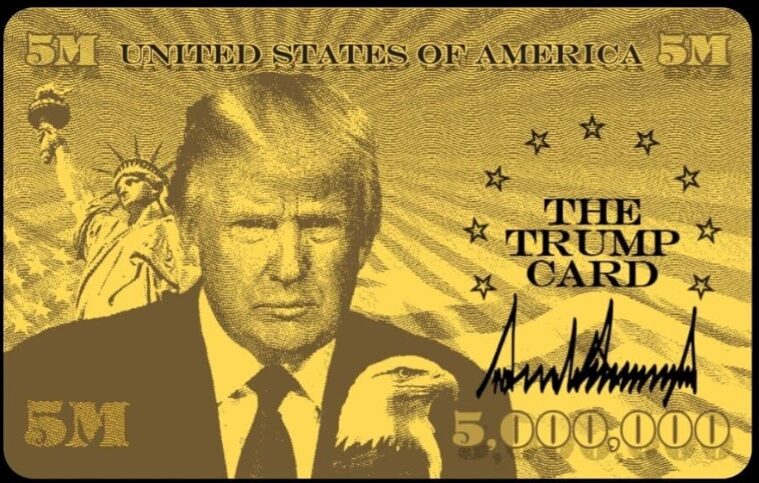WASHINGTON—Out of a seemingly hollow recovery from the Great Recession, a more durable if still slow-growing U.S. economy has emerged.
That conclusion, one held by a growing number of economists, might surprise many people. After all, in the five years since the recession officially ended, Americans’ pay has basically stagnated. Millions remain unemployed or have abandoned their job searches. Economic growth is merely plodding along.
Yet as the economy has slowly healed, analysts say it has replaced some critical weaknesses with newfound strengths. Among the trends:
– Fewer people are piling up credit card debt or taking on risky mortgages. This should make growth more sustainable and avoid a cycle of extreme booms and busts.
– Banks are more profitable and holding additional cash to help protect against a repeat of the 2008 market meltdown.
– More workers hold advanced degrees. Education typically leads to higher wages and greater job security, reducing the likelihood of unemployment.
– Inflation is under control. Runaway price increases would be destructive. Low inflation can lay a foundation for growth.
– Millions who have reached retirement age are staying on the job. This lessens the economic drag from retiring baby boomers and helps sustain consumer spending.
Over the long run, such trends could help produce a sturdier economy, one less prone to the kind of runaway growth that often ends in a steep and sudden slump.
The downside? At least in the short term, these same trends have prevented the economy from accelerating. When consumers borrow and spend less freely, for example, they restrain growth.
And when people seek to work longer or become more educated, often there aren’t enough jobs for all of them, at least not right away. People with advanced degrees can often find lower-paying jobs that don’t require much education. But when they do, they tend to push some people with only a high school education into unemployment.
One of the most striking trends in the recovery has been an aversion to personal debt. A typical U.S. household owes $7,122 in credit card debt, $1,618 less than at the start of the recession, according to analysis of New York Federal Reserve data by the firm Nerd Wallet. (After factoring in inflation, the balance is $2,900 lower.)
Two primary factors explain the decline in card debt: Lending standards were tightened, and consumers “just kind of froze in place,” said Jelena Ewart, general manager of credit cards and banking at Nerd Wallet.
The American Bankers Association says card debt as a share of people’s income has reached its lowest level in more than a decade. People increasingly pay off balances each month. And just 2.44 percent of card accounts are delinquent, compared with the 15-year average of 3.82 percent.
Researchers at the Cleveland Fed found that after adjusting for inflation, debt from mortgage and auto loans remains below pre-recession levels. Applications for credit by “deep subprime” borrowers – those most at risk of defaulting – have dropped 36 percent from pre-recession highs.
Because people are taking on less debt, they’re also spending less. That phenomenon has slowed growth because consumers fuel most of the US economy.
Consumer spending has risen just 10.8 percent during the five-year recovery—the smallest increase among expansions in the last 55 years, said Carl Tannenbaum, chief economist at Northern Trust.
But after the frugality of the past half-decade, money that once went to repaying credit cards can now be spent in ways that boost growth.
“There are some families who can contemplate vacations for the first time in a while, who can contemplate replacing their jalopies,” Tannenbaum said.
Declining debt loads have coincided with stronger cash buffers that banks have built up to protect against possible losses. More than 30 percent of banks were unprofitable in 2009, a share that sank to 7.28 percent through the first three months of 2014, according to the Federal Deposit Insurance Corporation.
Fed Chair Janet Yellen has said she no longer sees a “systemic threat” from over-extended banks.
Inflation has also been running below the Fed’s 2 percent target. Not only have consumers enjoyed relatively stable prices, but the Fed has been able to stimulate growth by holding interest rates down without risking any immediate threat of igniting inflation. (AP)





